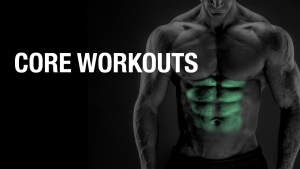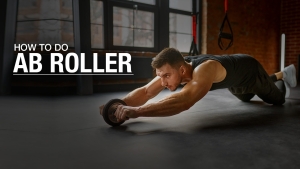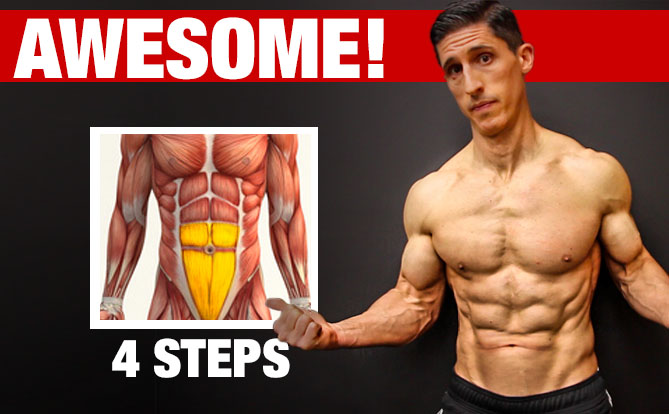
HOW TO GET DEFINED LOWER ABS
When it comes to the abs, everyone wants a “6 PACK”. Well, you can’t have a six pack without having defined lower core muscles.
Otherwise it’s just a 2 pack!
And I’ll tell you this: it’s not as easy as it sounds.
Especially given the fact that we’re fed so much misinformation, which leads to us making several common nutrition and training mistakes when it comes to the abs.
I’ll be covering 4 lower ab training mistakes and giving you 4 concrete steps to start taking your lower abs in the right direction beginning today.
Follow what I’m showing you here and I promise you’ll start noticing results in no time at all!
Before we get started, I wanted to briefly cover what the ‘lower abs’ really are. There is no ‘lower ab’ muscle because the entire six pack is made up of the same muscle, the rectus abdominis (as shown in the image below). However, you’ll see that this doesn’t mean that you can’t target the lower abdominal muscles!
#1 HOW GOOD IS YOUR NUTRITION?
One common lower abs myth is that a decent diet is good enough to be able to get a six pack.
But, here’s the brutal truth.
If you want your lower abs to show year round, you’re going to have to do better than that! If there’s a layer of fat covering the abdominal muscles, even doing the most effective exercises every day isn’t going to make the six pack show.
Men tend to store the majority of their body fat in their lower bellies. Belly fat is often the last to come off when losing body fat and dieting down.
What this boils down to is that a ‘decent’ diet will probably get you a two-pack and a relatively flat stomach, but the rest of that six pack is going to stay hidden behind that belly fat.
If you want to learn about the best foods to lose body fat, start with our guides to carbs, proteins and healthy fats.

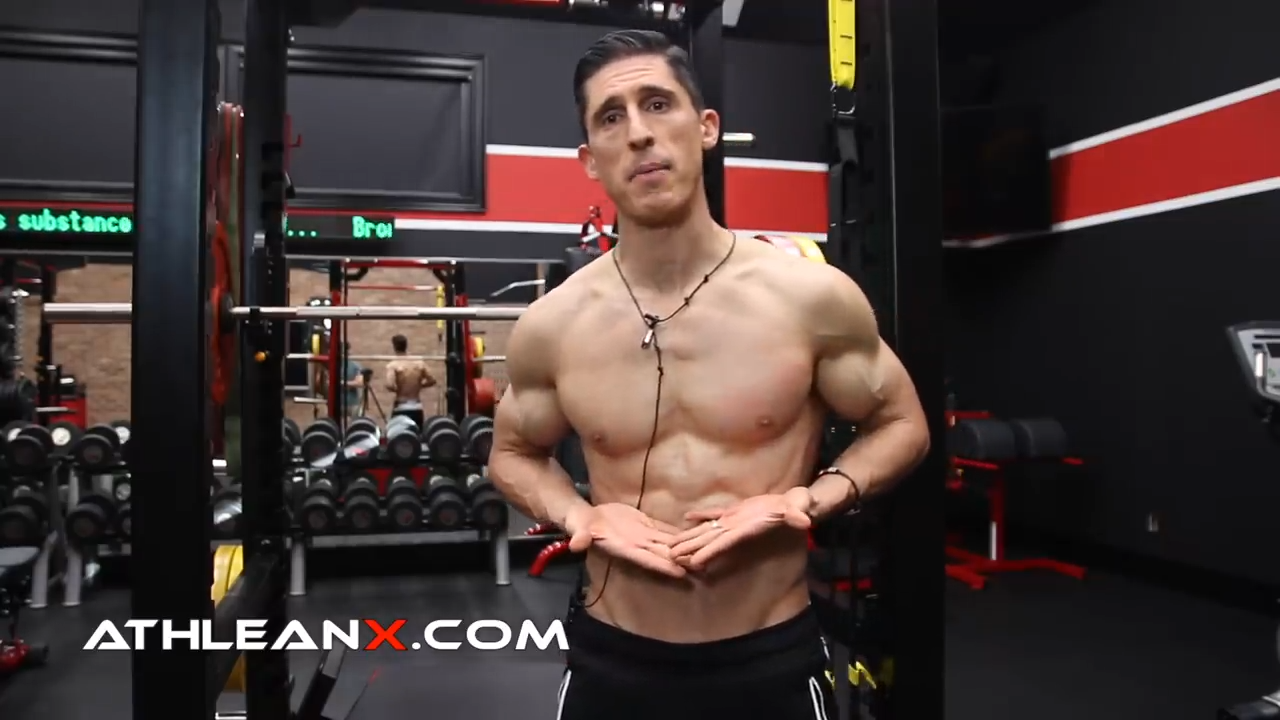
If you improve your nutrition a bit more and get to a ‘good’ diet, you’re probably looking at a strong core with a 4 pack.

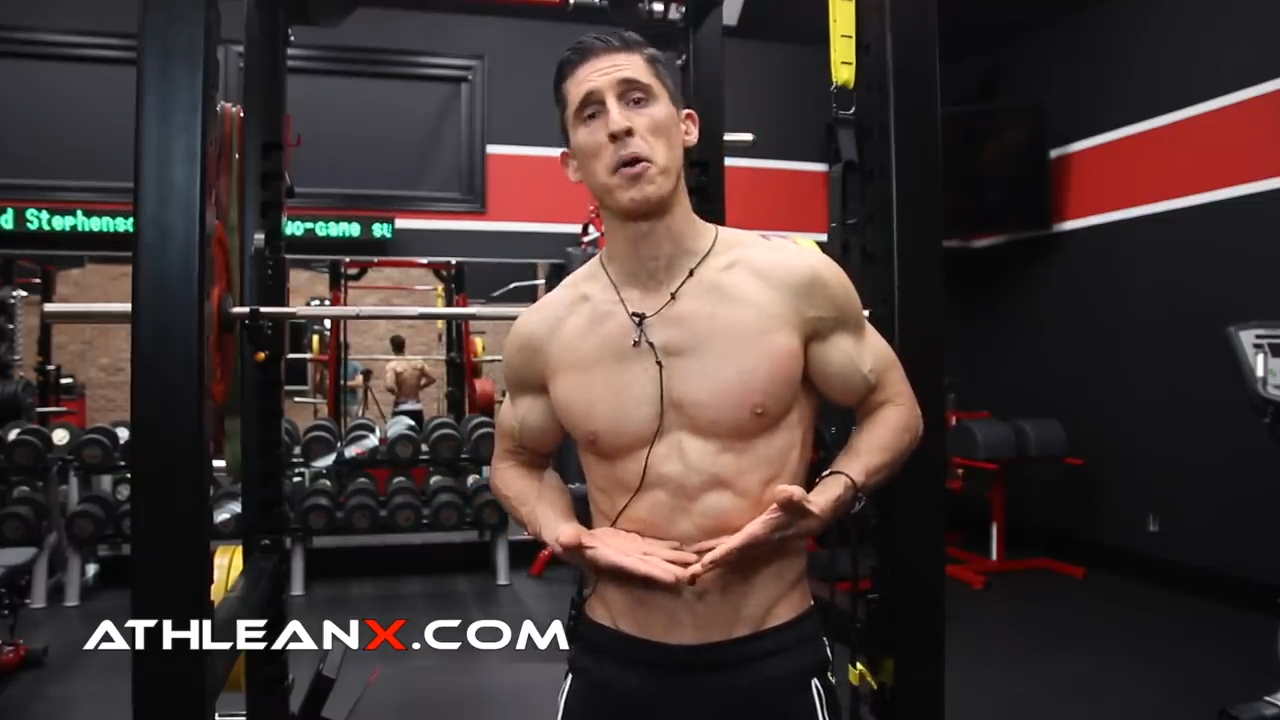
Here’s the no-B.S. honest to goodness truth.
If you want to have your lower abs show, you’re going to have to have a GREAT healthy diet. That means you’re going to need a high quality nutrition plan that you can be very consistent with in order to get lean enough to see your lower ab muscle definition.

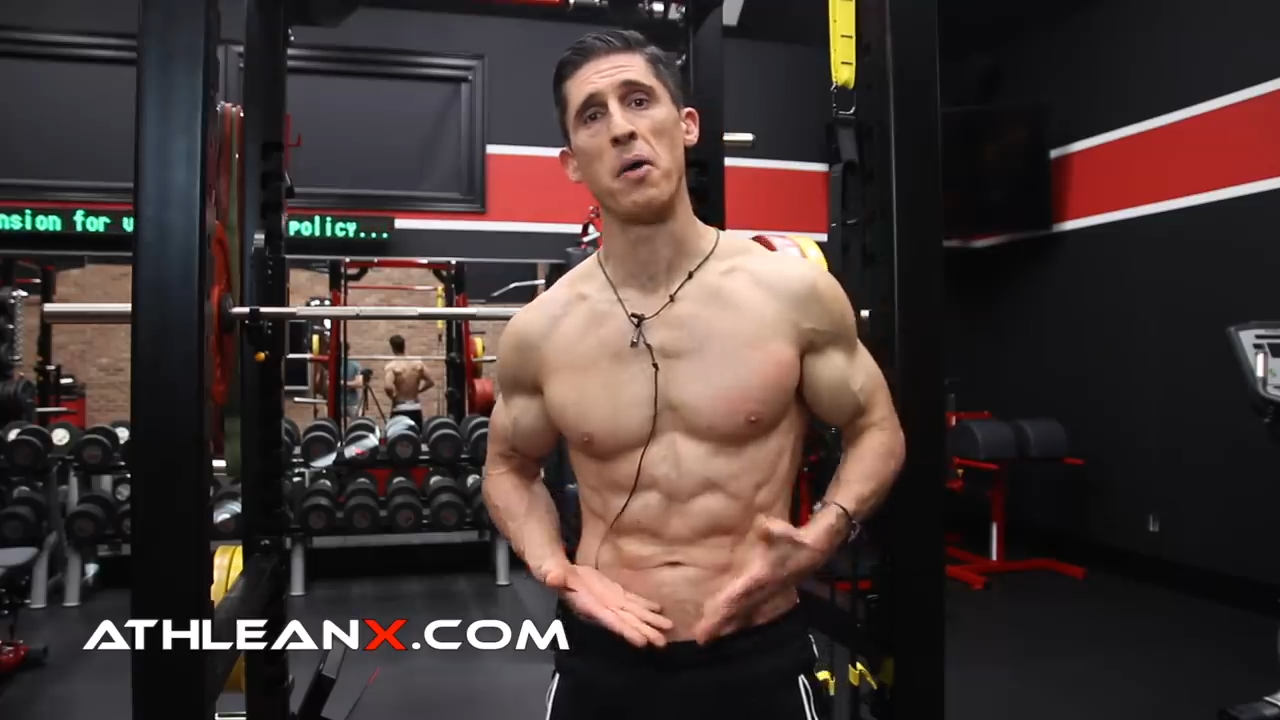
#2 ALL AB TRAINING IS NOT THE SAME
Many people think that because the abs or rectus abdominis is a single muscle, all you need to do is common ab exercises like sit-ups or crunches every single day.
The problem with sit-ups and crunches are that they’re a top-down movement so they’re mostly hitting the upper part of the rectus abdominis but neglecting the lower portion.


If you really want to get your lower abs to show, then you’re going to have to train them a little differently.
That means using bottom-up abdominal exercises.

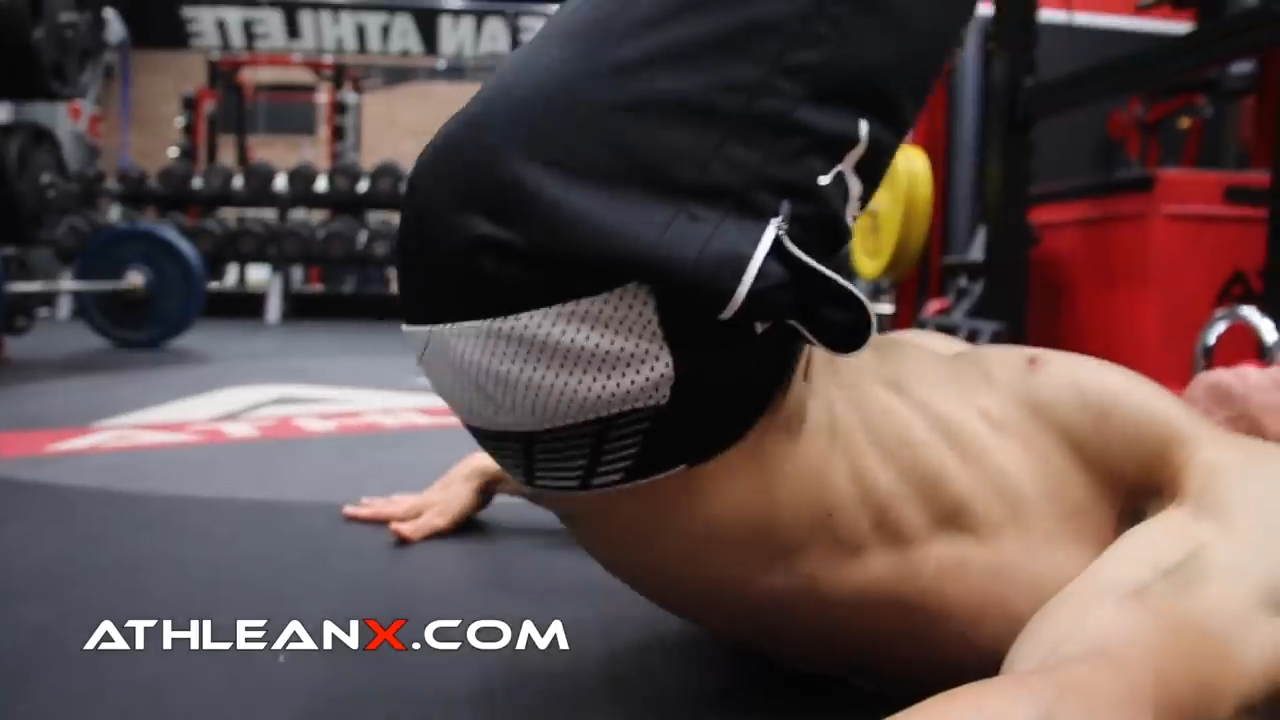
Now, why is that?
If the rectus abdominis is a single muscle that contracts at the same time no matter how we move it, why would the bottom-up movements make a difference for the lower abs?
When you move from the bottom up you’re moving your legs along with your pelvis. That immediately turns the exercise into a weighted ab exercise.


The added weight of the legs that needs to be overcome on each rep is enough to provide an overload and a stimulation of the type II fibers of the abdominal muscles. When these are activated and trained, the abs will hypertrophy a bit and stand out more making them more visible when body fat levels are low.

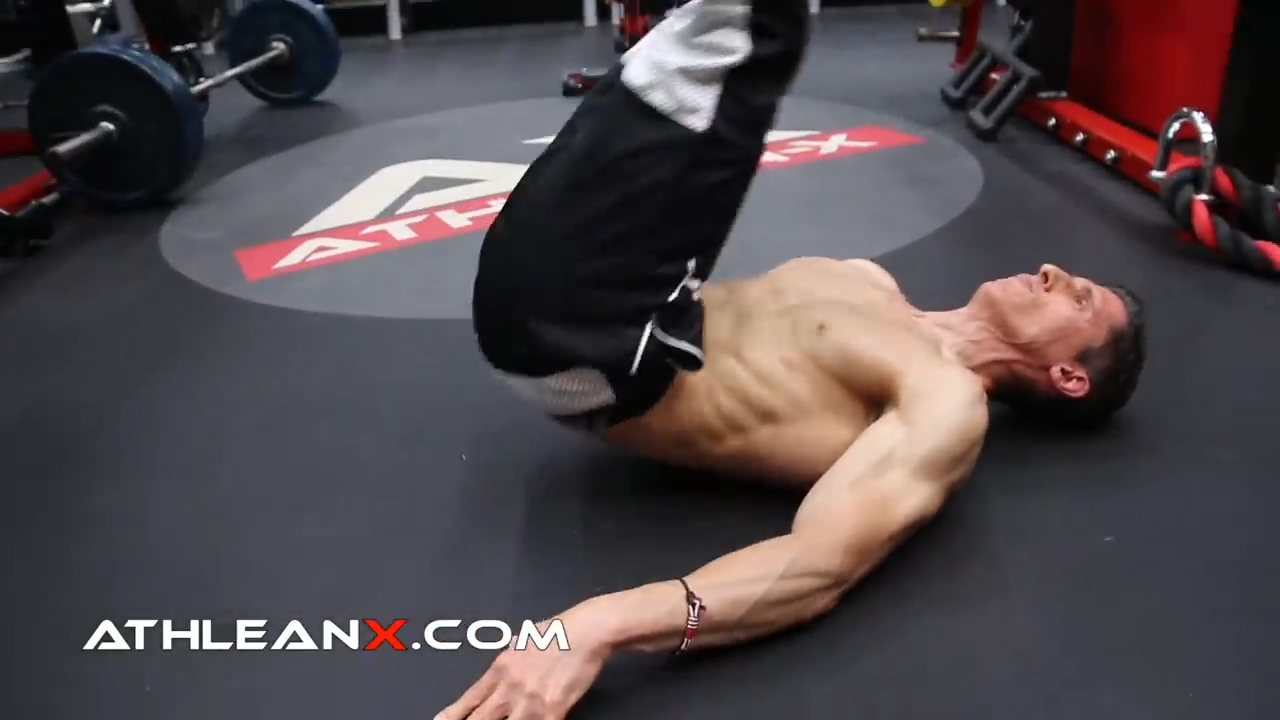
You can see how much more challenging it is to it is to do lower abs movements, moving the legs toward our upper body, by either hanging or doing them on the ground.

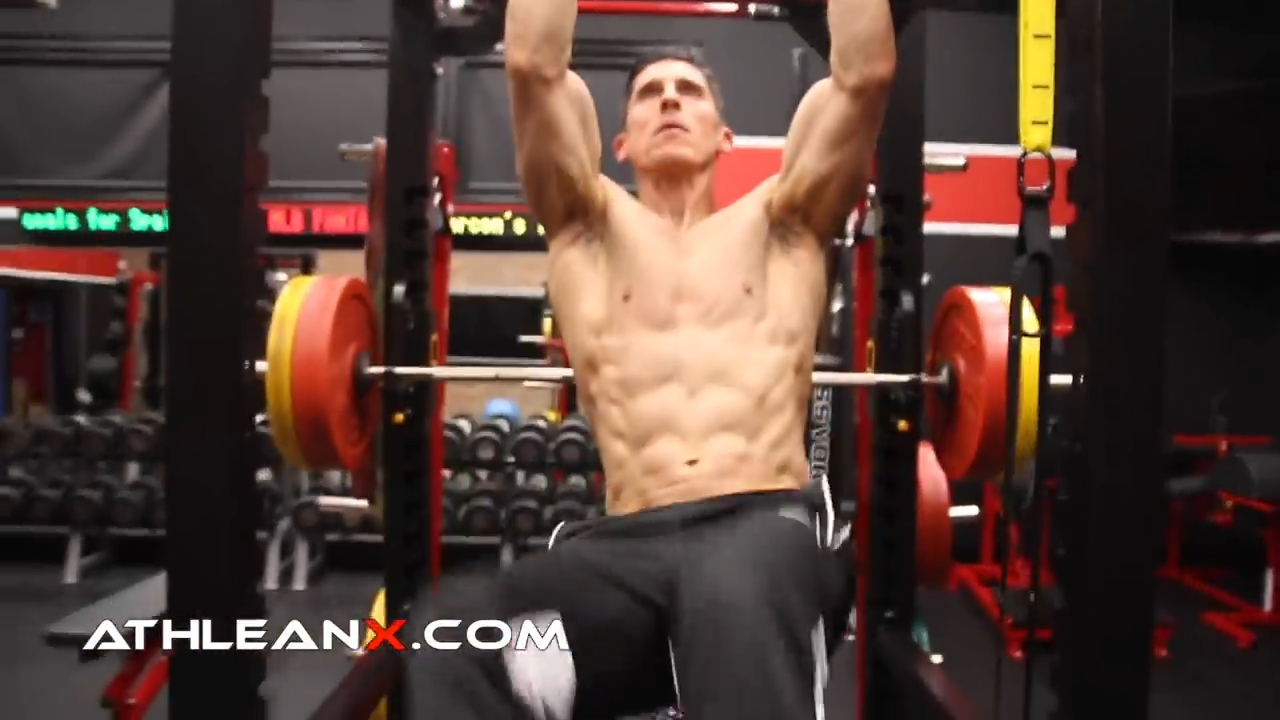
As you can see, you can’t just think regular sit-ups are enough. You’ve got to start incorporating specific lower ab movements if you really want to get your lower abs to pop!
#3 FOCUS ON MOVING THE PELVIS
Bottom-up movements are very important to training the lower abs, but it’s not the moving of the legs that makes it effective.
In fact, if you’re focusing on raising and lowering the legs in these bottom-up exercises, you’re probably missing most of the benefits!
The truth is, probably the biggest mistake I made through a lot of my early ab training was swinging my legs and activating my hip flexors, letting everything else go along for the ride. There’s very minimal activity of the pelvis when you do this.

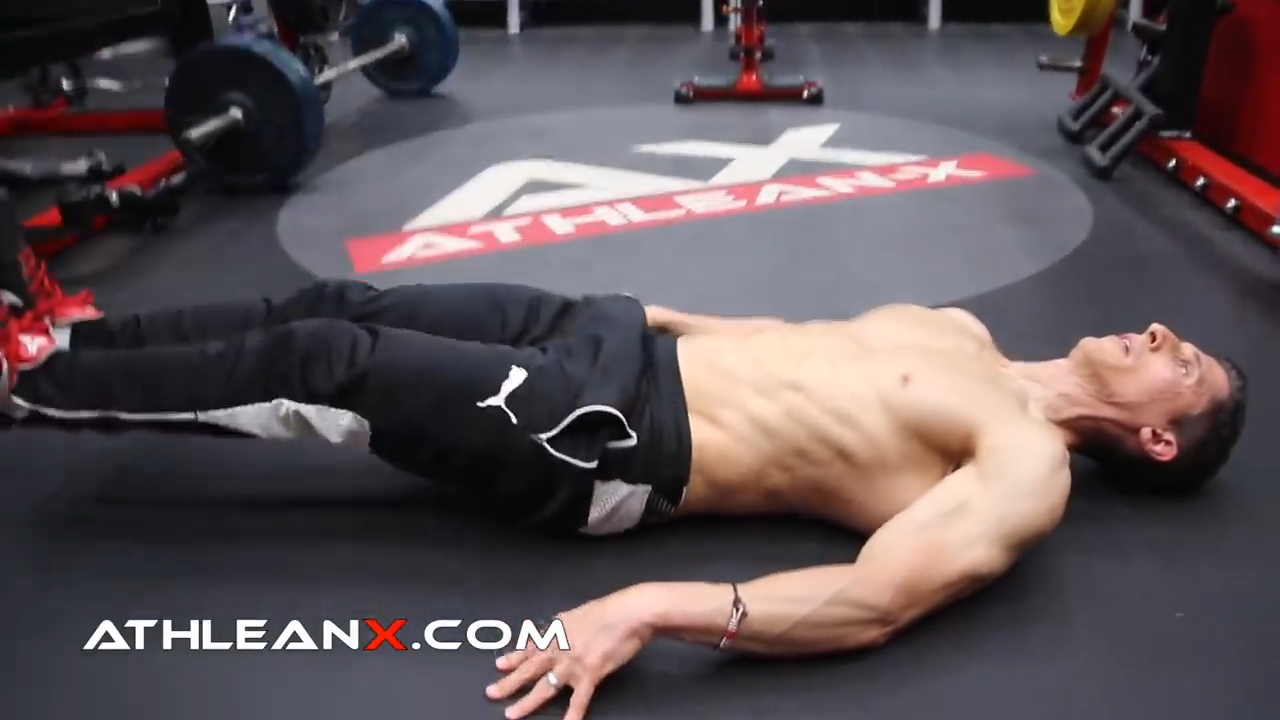
What you want to do instead is let the pelvis take the legs along for the ride during all of your activities. If we want to contract the abs, we need to rotate the pelvis into posterior tilt position. When the pelvis moves into this position, the legs will come along for the ride naturally due to their connection at the hip joint.
Try to focus solely on what’s going on with your pelvis position. Take it down until it’s in contact with the ground, and then initiate the moves so the pelvis is coming off the floor first.


Regardless of whether you are doing hanging ab raises or lower ab exercises on the floor, the same key applies. The action is always happening at the pelvis.


Forget the legs, guys.
Use the pelvis as your moving point, and focus on what it’s doing, not what your legs are doing.
#4 EXPANDING OUR DEFINITION OF ‘CORE’
In order to properly train the core, we have to expand our idea of what core training is.
There’s a lot more to your entire core than just your abs.
We now realize the importance the pelvis has on lower ab training because of the attachment of the rectus abdominis right into the pelvis.
But it doesn’t stop there!
We can’t forget about the muscles that attach to the pelvis from below. Contracting them is going to have an impact on the pelvis that we’re focusing on moving with our lower ab movements.
So, there’s a great opportunity here.
You can stabilize the pelvis from below by contracting the adductors on every rep of every lower ab exercise you do. The best way to do this is by crossing your legs and squeezing your adductors on each rep.
That creates stability of the pelvis from below.

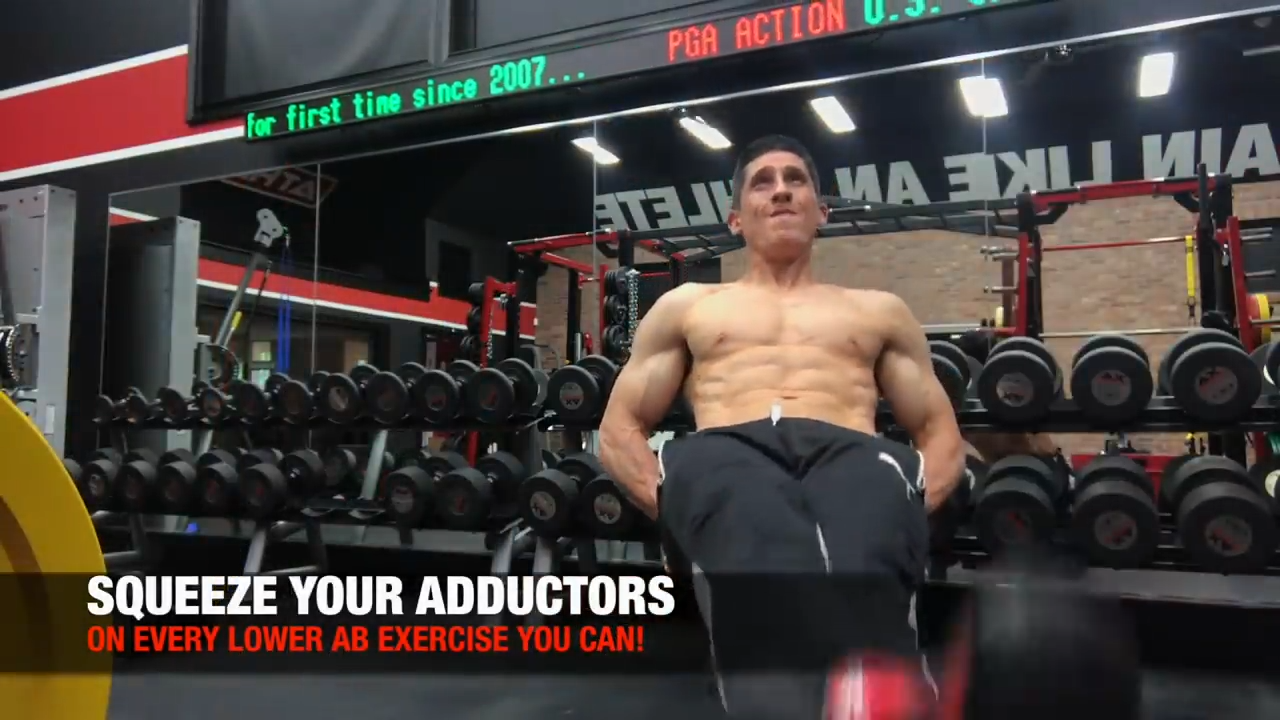
Any time we want to generate force from above, if we create a stable base from down below, we’re going to be able to do it more effectively.

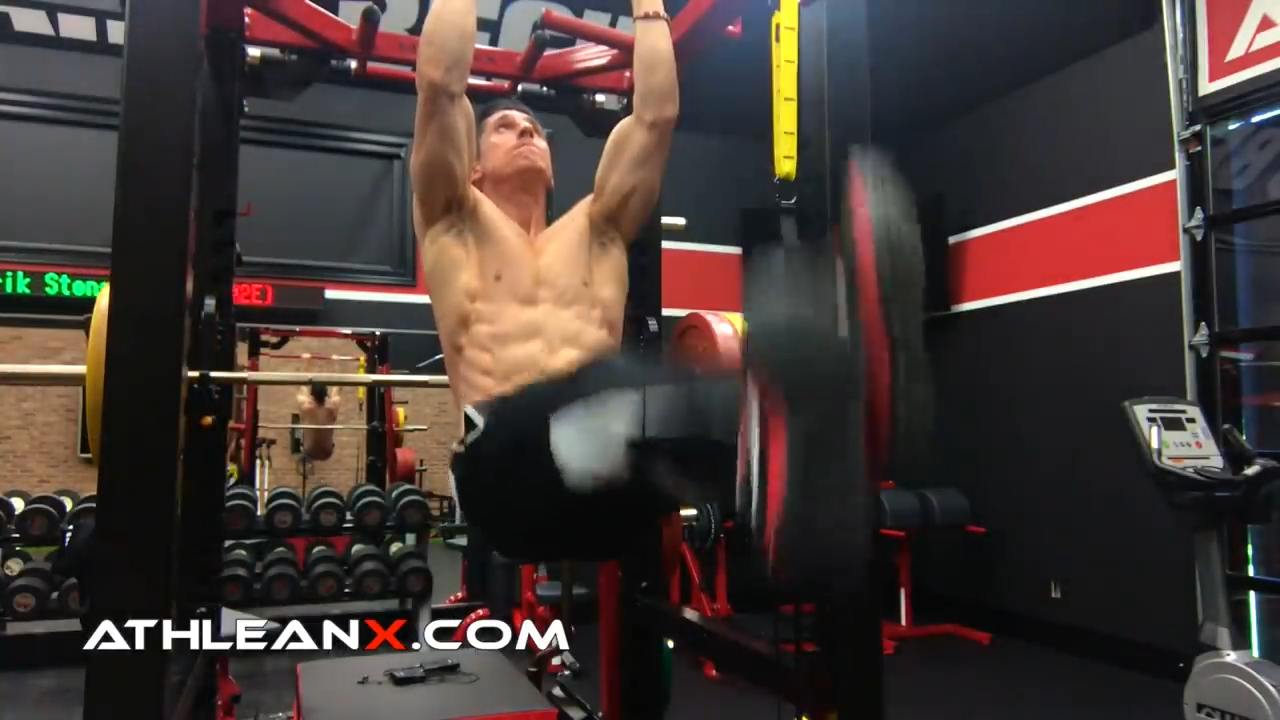
It’s the same idea I always talk about. If I gave you one opportunity to jump as high as you possibly could, would you rather jump off of a solid box or some sand?
If you’re jumping off sand, when you try to exert force and push down, all that force will be dispersed into the sand because there’s no stability from below. If you try to push off the box the stability the box provides will give you the opportunity to jump your highest.
The same applies to ab training.
If I’m trying to generate force and tension from above with the rectus abdominis feeding down into the pelvis, I can do a better job if I’m stabilizing my pelvis from below by engaging the adductors.
Now you can see how a focus on form can make such a huge difference in your results!
When we put science and an understanding of how anatomy works into our training, we can make a few small tweaks that make a huge difference in our results. When it comes to reaching athletic levels of strength, muscularity and leanness, the details truly matter! If you apply these lower ab training tips to your exercise routine, you’ll see noticeable changes in your core in a short period of time.
If you’re looking for all of the best nutrition and training tips to help you build strength and athleticism and get that ripped, lean, athletic body, check out our ATHLEAN-X programs. You’ll be amazed by what’s possible when you’ve got all the details dialed in!

- Getting defined lower abs is key to getting a true six-pack. But there’s a lot of misinformation out there, which leads to several common nutrition and training mistakes preventing people from getting their low abs to show.
- Many people think that doing a few common core exercises is enough to get a six pack, but the truth is that a combination of diet, a proper exercise program and some form tweaks is what it will take.
- Another common myth is that a decent diet is enough to get a six pack. The reality is that you have to have choose a great diet that you can stick with for the long term in order to achieve the levels of leanness required to eliminate belly fat to see the entire six pack and keep it year round.
- Despite that the rectus abdominis is a single muscle, doing top-down movements like sit-ups or crunches isn’t enough to make the lower abs visible. You’ll need to do specific lower ab movements like reverse crunches or hanging leg raises. Because of the weight of the legs, these are ‘weighted’ ab exercises that create overload and activation of type II muscle fibers.
- If you’re only focusing on moving the legs in these lower ab exercises, they won’t do you any good. You need to focus on creating a pelvic tilt and initiating the movement with the pelvis, and keeping the entire core tight in order to activate the lower abs.
- The core is a lot more than just the abs! You can greatly improve the stability of the pelvis in your lower ab exercises by crossing the legs and engaging the adductors on your bottom-up movements.

Jeff Cavaliere M.S.P.T, CSCS
Jeff Cavaliere is a Physical Therapist, Strength Coach and creator of the ATHLEAN-X Training Programs and ATHLEAN-Rx Supplements. He has a Masters in Physical Therapy (MSPT) and has worked as Head Physical Therapist for the New York Mets, as well as training many elite professional athletes in Major League Baseball, NFL, MMA and professional wrestling. His programs produce “next level” achievements in muscle size, strength and performance for professional athletes and anyone looking to build a muscular athletic physique.































